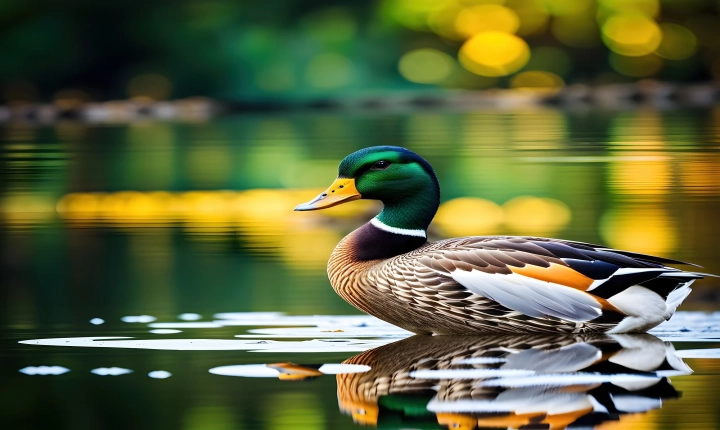Title: AI-Generated Images: The Copyright Dilemma
In recent years, artificial intelligence (AI) has significantly impacted various industries, including the creation of digital images. The capabilities of AI in generating photorealistic images have led to the rise of AI-generated artwork, sparking a debate about the copyright ownership of these creations.
Traditionally, copyright law protects original works of authorship, including visual arts such as paintings, photographs, and digital images. However, when AI software generates an image, it raises the question of who owns the copyright to the resulting artwork. Unlike human artists, AI does not have legal personhood and cannot be considered the creator of the work in a legal sense.
One argument is that the copyright for AI-generated images should belong to the individual or organization that owns and operates the AI software. They could be seen as the “creator” under copyright law, as they provided the input, parameters, and tools for the AI to create the image. Furthermore, they could claim that the AI is merely a tool or a medium through which they express their creativity, much like a paintbrush for a traditional artist.
On the other hand, some argue that AI-generated images should be considered public domain or have limited copyright protection because they lack the human creativity and originality traditionally associated with copyrightable works. This perspective raises questions about the uniqueness and novelty of AI-generated images and whether they meet the threshold of originality required for copyright protection.
The current legal landscape is struggling to keep pace with the rapid advancements in AI technology, and the issue of copyright for AI-generated images remains largely unaddressed by legislation and case law. This legal vacuum has led to uncertainty and ambiguity regarding the rights and responsibilities of those involved in the creation and use of AI-generated images.
In response to these challenges, some have proposed creating a new category of intellectual property rights specifically tailored to AI-generated works. This approach would involve establishing guidelines and criteria for determining copyright ownership, originality, and the duration of protection for AI-generated images.
Alternatively, others have suggested requiring clear and conspicuous labeling of AI-generated images to inform viewers and users about their origin and the ownership of copyright. This would provide transparency and help distinguish between human-created and AI-generated content, potentially influencing the legal treatment of such works.
As the debate about the copyright status of AI-generated images continues, it is essential for lawmakers, legal scholars, and stakeholders to collaborate and develop a coherent framework that addresses the unique challenges posed by AI technology. Balancing the protection of creative expression with the promotion of innovation and the public interest will be crucial in shaping the future of copyright law in the context of AI-generated images.
In conclusion, the emergence of AI-generated images has sparked a complex and multifaceted debate about copyright ownership and protection. As AI technology continues to evolve, it is imperative to navigate these legal and ethical considerations thoughtfully and proactively to ensure a fair and equitable approach to the copyright status of AI-generated images.
